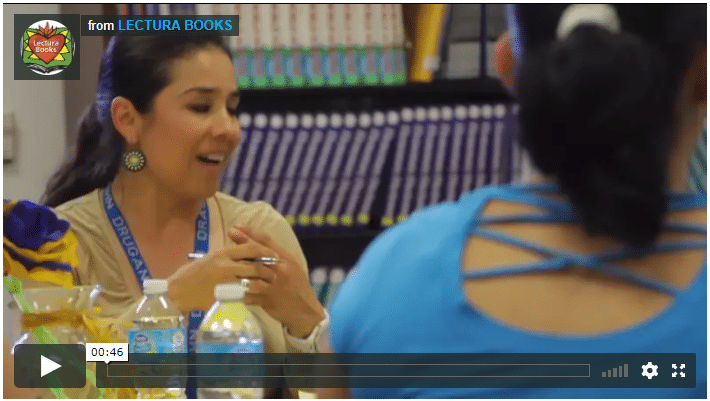What Research Says about Reading and English Learners 
Over the years, bilingual education has been one of those controversial topics in the US and lately, some groups have been actively opposing it because they feel it threatens national identity, says the Educational Research Newsletter in relation to what research says about reading and English learners. However, when it comes to the most effective approach for teaching ELLs, studies are clear: bilingual education gets the most effective results.
According to two major reviews, the Center for Research on Education, Diversity, and Excellence (CREDE) and the National Literacy Panel (NLP) learning to read in one’s native language promotes reading achievement in the second language. There are also lots of smaller studies indicating that a person’s home language aids greatly in academic development, says the American Federation of Teachers (AFT). The organization also points out that for ELLs to develop proficiency in English, they need early and extensive opportunities in which to do so.
Along with this, in order to become high-volume readers, a detailed report called “The Joy and Power of Reading” by the educational website, Scholastic, says kids need to spend some time every day reading at school and at home. They also need instructional support like the interactive read aloud, meaning reading aloud plus time spent conversing about what they’ve just read, says the report. Families with a rich reading culture like this are much more likely to raise successful readers, it states.
In essence, in order to meet the various academic benchmarks along the way and to become successful readers for life, schools and parents need to keep both languages alive at home and at school. For Latino bilingual kids, the largest group of ELL children in the States, The Latino Family Literacy Project is helping to keep reading alive on the home front for thousands in 19 states (and growing!) through its terrific, age-specific parental involvement literacy programs.
An effective parental involvement program like what The Project offers is a proven formula for success! After teachers and staff complete a half-day training or online webinar, they then hold parent workshops to assist them in establishing an at-home reading routine. Along with a regular reading time helping to improve overall literacy in both Spanish and English, it helps with vocabulary, too, and not just for the kids but usually for parents, as well.
For those who can’t attend an in-person workshop, educators can opt for a 1 ½ hour online training session instead, which provides training for the implementation of all programs—infant/toddler, preschool, elementary, and middle/high school levels. Curriculum manuals are shipped in advance for review.
For six or more staff members, The Project is open to scheduling a private webinar at a convenient time and date. Upcoming webinar dates and times can be found on the Workshop Locations on The Latino Family Literacy Project website.
